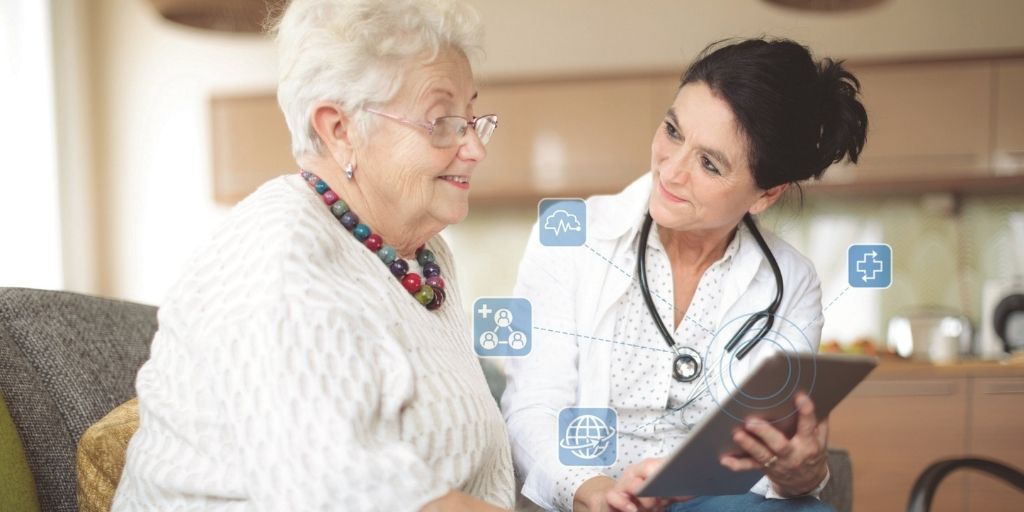
The Covid-19 pandemic has placed a significant spotlight on the need for greater collaboration between, and transformation of the UK’s health and social care systems. Even before the pandemic swept the world, an ageing population and the impact of austerity had meant they were close to breaking point in some areas.
It’s widely accepted that our health and social care services are in urgent need of reform. Clearly the issue is a complex one, but as with many other aspects of our lives, technology could have a key role to play in enabling services to be delivered in a different way and as such it should be considered as a vital element of system reform.
Below Zillah Moore, Director at Tunstall Healthcare, discusses how technology can facilitate reforms, support the UK in becoming a global health and social care leader, and enable us to build back better.
The use of technology
We have seen many examples of how COVID-19 forced rapid change, such as the introduction of phone and video consultations by the NHS, and it’s vital that we don’t lose the gains made as we begin to look to the future. For local authorities and health and care providers, using the power of technology to provide support to those who need it can provide an essential platform to enable more targeted and integrated delivery of health and care.
There is now an increasing acceptance and perceived usefulness of the role that technology has in service provision by the general public and service users. The pandemic has accelerated the adoption of technology amongst individuals and encouraged engagement, and in its wake dispelled the myth that people, particularly older generations, are uncomfortable with technology-enabled health and care provision.
In rural areas in particular, for example, remote health monitoring can reduce the need for patients, carers and clinicians to travel, improving quality of life for patients, increasing caseload capacity for professionals and minimising risks of cross infection. The system identifies patients most in need of attention and can allow early identification of deterioration in health, enabling interventions to be made which avoid the need for more complex care.
Technology isn’t just reactive, and can also be used proactively. For example, Technology Enabled Care (TEC) systems can be easily installed that monitor activities of daily living and can inform care planning, as well as enabling preventative care. Increased visits to the bathroom could indicate the onset of a urinary tract infection, or conversely decreased use of the bathroom and kitchen may signal a possible decline in self-care. Making family and/or professionals aware of such trends means appropriate support can be offered at the right time.
Government plans
The Government’s recently published white paper; ‘working together to improve health and social care for all’, sets out legislative proposals to build on the collaborations generated during the pandemic, and shape a system that’s better able to serve people in a fast-changing world.
The Government has also recently announced its five point delivery plan which details priority outcomes, how we will measure our success, and how we will ensure we continuously improve. There is of course, the long awaited social care Green Paper still to come.
Technology will play a key role in facilitating these plans and establishing a modern care platform, which is able to meet the needs of a 21st century, technologically enabled population.
Building back better
Technology alone cannot provide all the answers when it comes to the UK becoming a global leader in the health and social care space, and importantly should be used to enhance, not replace human contact. But when it comes to system reform , it has a central role to play in enabling new models of care which focus more on people than places.
As we look towards the future and to the recovery of our society, our health and care system will continue to be central to our national wellbeing and prosperity in the years ahead. By harnessing the development of new technology, to enable more personalised and preventative support, we will meet the needs of a growing and ageing population, with increasingly complex care needs.
The last eighteen months have shown many of us how technology can do more to help us connect in meaningful ways, both professionally and personally. We should not miss the opportunity to fulfil its potential as we engineer the next generation of care.











